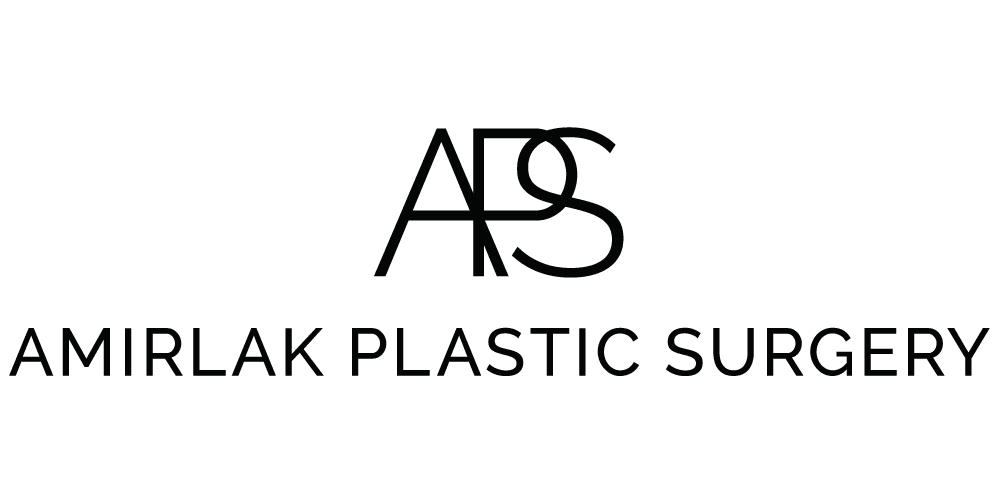Blepharoplasty FAQs
- Posted on: May 11 2017
Blepharoplasty, also known as eyelid surgery or an eyelid lift, can rejuvenate puffy, sagging or tired-looking eyes by removing excess fat and skin from the upper and/or lower eyelids. The procedure can also tighten eyelid muscles and tissue. A blepharoplasty is performed to improve a patient’s peripheral vision by lifting droopy eyelids, or strictly for cosmetic reasons.
What can a blepharoplasty do?
A blepharoplasty is ideal for correction of the following:
- Loose, sagging and/or folded upper eyelids that may interfere with vision
- Puffy fat deposits in the eyelids
- Undereye bags
- Sagging lower eyelids that may show the whites of the eyes below the irises
- Excess skin in the lower eyelids
- Fine wrinkles in the lower eyelids
A blepharoplasty cannot raise the eyebrows, or treat deep wrinkles, dark circles under the eyes, or crow’s feet.
Who is a good candidate for a blepharoplasty?
The best candidate for a blepharoplasty is in good overall health, does not smoke, does not have serious eye conditions, and has healthy facial tissue and muscle.
A person with eye disease, diabetes, thyroid disorder, cardiovascular disease or high blood pressure may not be a good candidate for a blepharoplasty.
It is important for a patient to have realistic expectations before undergoing a blepharoplasty. Although it can enhance appearance and improve self-confidence, it does not radically alter the look of the face.
How is a blepharoplasty performed?
Blepharoplasty is typically performed as an outpatient procedure requiring local anesthesia and sedation. General anesthesia may be used for anxious patients. Patients may choose to have this procedure on their upper or lower eyelids, or both. A blepharoplasty can take anywhere from 45 minutes to 2 hours, depending on whether or not both the upper and lower eyelids are treated.
If the upper eyelid is being treated, an incision is typically made along the natural crease of the eyelid. Once the incision is made, fat deposits are repositioned or removed, tissue and muscles are tightened, and excess skin is removed. For the lower eyelid, an incision is usually made just below the lash line so that excess skin can be removed.
After the procedure, the incisions are closed with sutures, tissue glue or surgical tape, and usually loosely covered with gauze.
What is recovery from a blepharoplasty like?
After blepharoplasty, patients may be advised to apply lubricating drops/ointment and cold compresses to aid in healing and minimize side effects. Most patients return to work within a few days to a week, but should avoid exercise and strenuous activities for at least 2 weeks. Stitches are usually removed 3 or 4 days after the procedure. Most of the swelling and other side effects typically subside within 2 weeks. Contact lenses and eye makeup may not be worn for 2 weeks after surgery. Patients are typically advised to wear dark sunglasses outside or in bright light for 2 weeks to protect their eyes from sun and wind.
What are the results of a blepharoplasty?
Although there may be swelling and bruising around the surgical site, they will subside on their own, and the eyelids will improve in appearance for up to a year. The scars from a blepharoplasty are well-concealed, and usually fade with time until they are virtually undetectable. Although the eyelids are still subject to aging, blepharoplasty produces long-lasting results.


